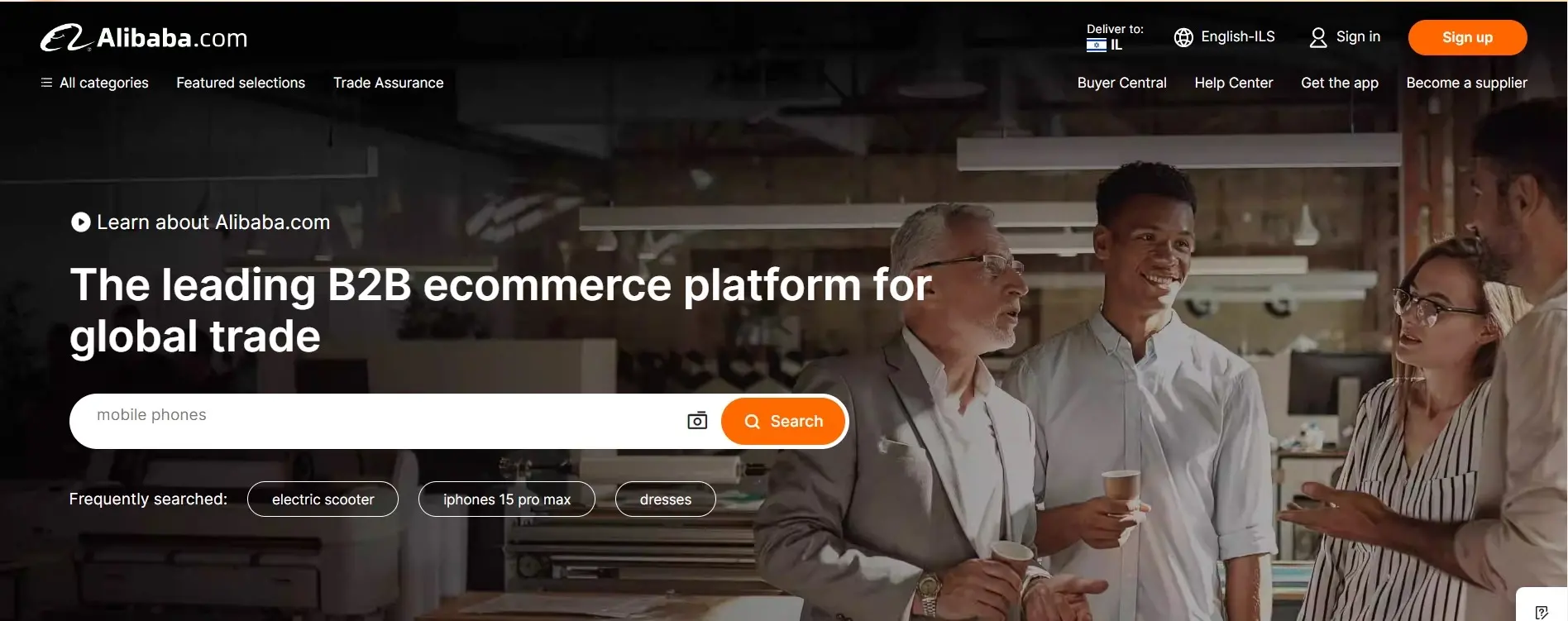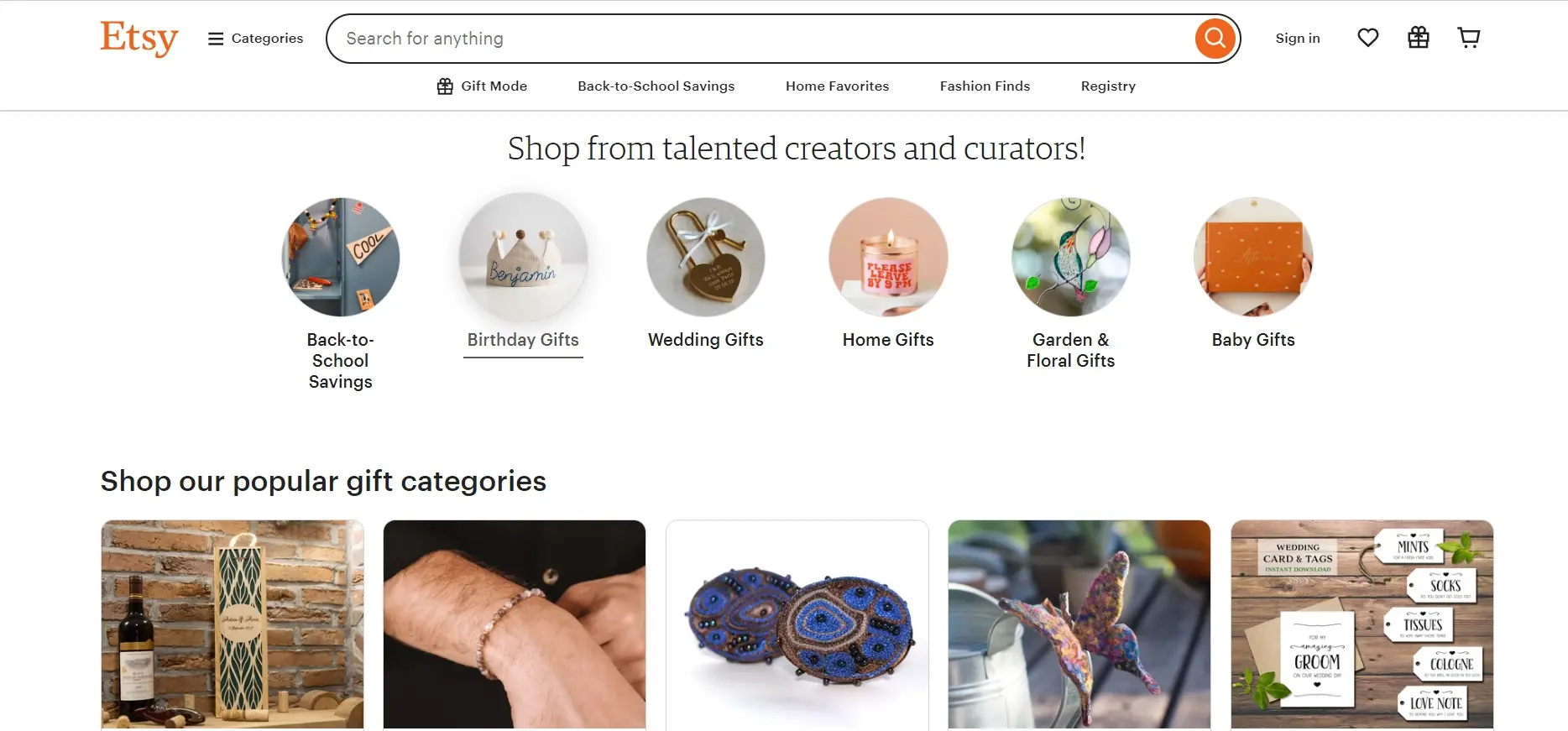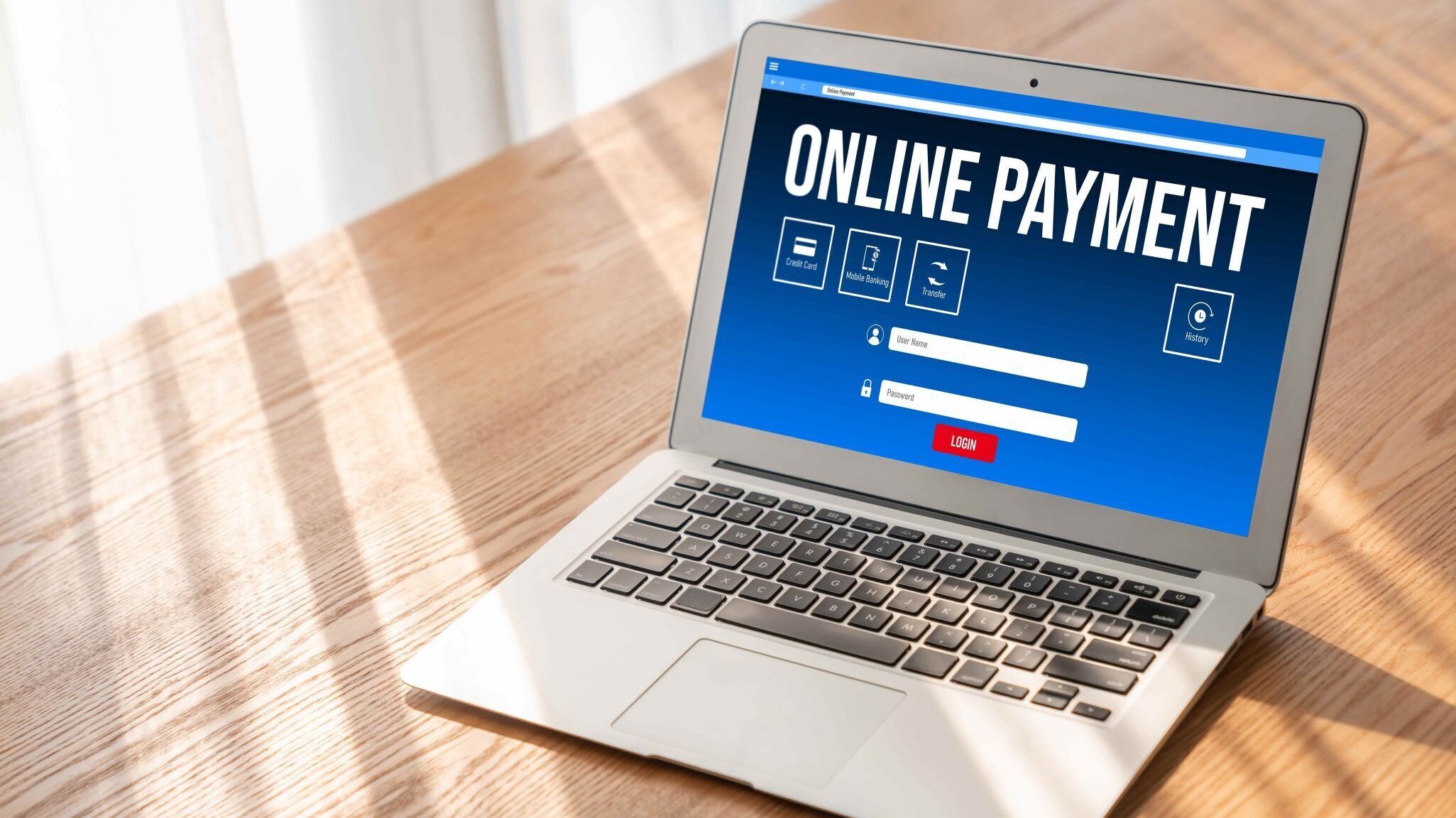Expanding your e-commerce business internationally opens up a world of opportunities but also brings unique challenges, especially when it comes to payment processing. Choosing the right payment gateway is crucial for ensuring smooth, secure, and efficient transactions across borders.
This guide will explore the best payment gateways for international e-commerce, helping you make an informed decision for your business.
Understanding Payment Gateways
A payment gateway is a technology that facilitates online transactions by connecting the merchant’s website with the payment processor. It authorises payments, ensures the security of the transaction, and transfers the funds from the customer to the merchant.
Here’s how it works:
Customer Checkout: The customer selects products/services and proceeds to checkout.
Payment Information: The customer enters their payment details on the checkout page.
Authorization: The payment gateway encrypts the payment information and sends it to the payment processor for authorization.
Approval/Decline: The payment processor communicates with the customer’s bank to approve or decline the transaction.
Transaction Complete: If approved, the transaction is completed, and funds are transferred to the merchant’s account. The customer receives a confirmation of the purchase.
Key Features to Look for in a Payment Gateway
Security: Advanced encryption, SSL certificates, PCI-DSS compliance, and fraud detection tools to protect sensitive data.
Global Reach: Support for multiple currencies and availability in various countries to cater to international customers.
Transaction Fees: Transparent and competitive fee structure, including setup fees, transaction fees, and currency conversion fees.
Ease of Integration: Compatibility with major e-commerce platforms and straightforward integration processes.
User Experience: Smooth, intuitive, and customizable checkout experience to enhance customer satisfaction.
Customer Support: Reliable and accessible support to resolve any issues promptly.
Reporting and Analytics: Detailed transaction reports and analytics to help monitor and optimize payment performance.
Payment Methods: Support for various payment methods, including credit/debit cards, digital wallets, and localized payment options.
Top 10 Payment Gateways for International E-commerce
1. PayPal
PayPal is one of the most widely used payment gateways globally, known for its ease of use and strong security features.
Key Features
Supports transactions in over 200 countries and 25 currencies.
Offers buyer protection and dispute resolution.
Easy integration with major e-commerce platforms.
Pros and Cons of PayPal
Pros
Cons
Pros
Cons
Pros
Cons
4. Authorize.Net
Authorize.Net is a trusted payment gateway with over two decades of experience in the industry.
Key Features
Supports a wide range of payment methods and currencies.
Advanced fraud detection and security features.
Seamless integration with many shopping cart solutions.
Pros and Cons of Authorize.Net
Pros
Cons
5. Adyen
Adyen is a global payment company that offers a unified commerce solution for online and in-store payments.
Key Features
Supports over 150 currencies.
Advanced analytics and reporting.
Comprehensive fraud protection.
Pros and Cons of Adyen
Pros
Cons
6. 2Checkout (now Verifone)
2Checkout, now part of Verifone, is a global payment gateway known for its extensive international reach.
Key Features
Supports payments in over 200 countries.
Accepts various payment methods including credit cards and PayPal.
Comprehensive fraud protection and compliance management.
Pros and Cons of 2Checkout (now Verifone)
Pros
Cons
7. WorldPay
WorldPay is a well-established payment gateway with a strong reputation for reliability and security.
Key Features
Supports multiple currencies and countries.
Advanced fraud detection and prevention tools.
Seamless integration with various e-commerce platforms.
Pros and Cons of WorldPay
Pros
Cons
8. Skrill
Skrill offers a cost-effective payment solution with competitive fees and extensive international reach.
Key Features
Available in over 200 countries and supports 40 currencies.
Low transaction fees.
Fast and easy setup.
Pros and Cons of Skrill
Pros
Cons
9. Braintree
Braintree, a PayPal company, offers seamless integration with PayPal and a host of other payment methods.
Key Features
Supports transactions in over 130 currencies.
Advanced fraud protection tools.
Robust API for custom integrations.
Pros and Cons of Braintree
Pros
Cons
10. Alipay
Alipay is a leading payment gateway in China, making it ideal for businesses targeting Chinese consumers.
Key Features
Widely accepted in China.
Offers additional services like marketing and loyalty programs.
Strong security and fraud prevention.
Pros and Cons of Alipay
Pros
Cons
Comparison Between the Best Payment Gateways for International E-commerce
| Payment Gateway | Global Coverage | Multi-Currency Support | Security Features | Transaction Fees | Customer Support | User Experience | Ease of Integration | Customization and Scalability | Settlement Time |
|---|---|---|---|---|---|---|---|---|---|
| PayPal | High | Yes | High | Moderate | 24/7 | Excellent | Easy | Moderate | Moderate |
| Stripe | Moderate | Yes | High | Transparent | 24/7 | Excellent | Advanced | High | Fast |
| Square | Moderate | Yes | High | Competitive | 24/7 | Excellent | Easy | Moderate | Fast |
| Authorize.Net | High | Yes | High | High | 24/7 | Excellent | Moderate | High | Moderate |
| Adyen | High | Yes | High | High | 24/7 | Excellent | Advanced | High | Fast |
| 2Checkout | High | Yes | High | Complex | 24/7 | Good | Moderate | High | Moderate |
| WorldPay | High | Yes | High | High | 24/7 | Good | Easy | High | Moderate |
| Skrill | High | Yes | High | Low | 24/7 | Good | Moderate | Moderate | Fast |
| Braintree | Moderate | Yes | High | Transparent | 24/7 | Excellent | Advanced | High | Fast |
| Alipay | High (China) | Yes | High | Competitive | 24/7 | Excellent | Moderate | Moderate | Fast |
Domain, Hosting, and Website Setup
Before integrating a payment gateway, it's essential to establish a robust foundation for your e-commerce business. This involves selecting a domain name, choosing a reliable hosting provider, and setting up your website.
Domain Name
Your domain name is your online identity and plays a crucial role in your brand’s recognition and credibility. It should be memorable, easy to spell, and reflect your brand’s essence.
To find and purchase a suitable domain, you can use domain registrars like Verpex. Verpex offers various tools to help you select an available domain that best represents your business.
Hosting Provider
A reliable hosting provider ensures that your website is always accessible, performs well, and is secure. Key factors to consider when choosing a hosting provider include uptime, speed, security, and customer support.
Verpex is a popular choice that offers various hosting plans tailored to different needs, from shared hosting for small businesses to private servers for larger enterprises.
Website Setup
Setting up your website involves choosing an e-commerce platform that suits your business requirements. Popular options include Shopify, WooCommerce (WordPress), and Magento, each offering different features and customization levels.
Your website should be user-friendly, mobile-responsive, and optimized for search engines to ensure a smooth user experience and better visibility online. Using professional themes and plugins can enhance the functionality and appearance of your site.
How to Integrate a Payment Gateway in International E-commerce Businesses
Integrating a payment gateway into your international e-commerce business involves several crucial steps to ensure seamless and secure transactions.
Consider factors such as transaction fees, supported countries and currencies, security features, ease of integration, and customer support.
Evaluate multiple payment gateways (e.g., PayPal, Stripe, Square, Authorize.Net, Adyen) to find the one that best meets your business needs.
Register for a merchant account with your chosen payment gateway. This involves providing business details, verifying your identity, and agreeing to terms and conditions.
Some payment gateways may require an approval process that includes submitting documentation and undergoing a review.
After account approval, obtain your API keys and credentials from the payment gateway dashboard. These keys are essential for integrating the gateway with your e-commerce platform.
Store the API keys securely to prevent unauthorized access. Use environment variables or a secure vault for this purpose.
Most payment gateways provide a sandbox or test environment. Use this environment to simulate transactions without processing real payments.
Conduct comprehensive tests, including various transaction types (e.g., payments, refunds), error handling, and edge cases to ensure the integration works as expected.
Use the payment gateway’s integration documentation to guide you through the process. This includes setting up API endpoints, handling responses, and managing transactions.
If available, use plugins or SDKs provided by the payment gateway for your specific e-commerce platform (e.g., Shopify, WooCommerce, Magento) to simplify integration.
If necessary, involve your development team to implement custom code for advanced features or unique requirements.
Ensure the checkout process is intuitive and easy to navigate. Minimize steps and reduce friction points to enhance user experience.
Make sure the payment process is optimized for mobile devices, providing a responsive design and smooth navigation.
Localization: Customize the checkout process for different regions by supporting local languages, currencies, and payment methods.
Use SSL certificates to encrypt data transmitted between your website and the payment gateway, ensuring secure communication.
Ensure your integration complies with PCI-DSS standards to protect cardholder data.
Fraud Prevention: Implement fraud detection tools and set up rules to identify and prevent fraudulent transactions.
After thorough testing and optimization, switch from the sandbox environment to the live environment and begin processing real transactions.
Continuously monitor transaction performance, error rates, and user feedback to identify and address any issues promptly.
Keep the integration updated with the latest security patches and feature enhancements provided by the payment gateway.
Ensure your customer support team is well-trained to handle payment-related inquiries and issues.
Offer multiple support channels, including live chat, phone, and email, to assist customers effectively.
Use the reporting and analytics tools provided by the payment gateway to monitor transaction data, identify trends, and optimize payment processes.
Continuous Improvement: Regularly review and improve your payment gateway integration based on performance metrics and customer feedback.
By following these steps, you can successfully integrate a payment gateway into your international e-commerce business, ensuring secure and efficient transactions while providing a seamless experience for your customers.
Types of Payment Gateways
1. Hosted Payment Gateway: This type redirects customers to a secure third-party payment page hosted by the gateway provider for processing payments during checkout. It reduces the merchant's PCI compliance requirements and provides a seamless checkout experience. Examples include PayPal Standard and Stripe Checkout.
2. Self-Hosted Payment Gateway: Merchants can use self-hosted gateways to host the payment page on their website and have more control over the checkout process while ensuring payment security. Examples are WooCommerce and Magento, which have custom payment integrations.
3. API (Application Programming Interface) Payment Gateway: API-based gateways like Stripe and Authorize.Net enable merchants to integrate payment processing into their website or mobile app, providing flexibility and customisation options to tailor the checkout experience.
4. Mobile Payment Gateway: Mobile payment gateways, like Apple Pay and Google Pay, process payments made through mobile devices. They provide SDKs and APIs for integrating payment functionality into mobile apps, enabling seamless in-app purchases.
5. Virtual Terminal Payment Gateway: Virtual terminals enable manual processing of payments through a web-based interface, ideal for businesses that accept phone payments or mail orders. Features such as recurring billing and invoicing are commonly included. Examples of virtual terminals include Square and PayPal Virtual Terminal.
Criteria for Selecting The Best International Payment Gateways
When choosing payment gateways for international transactions, consider these critical factors for seamless and secure payments across borders.
Global Coverage: Check if the payment gateway operates in your customers' countries. It should support multiple currencies and payment methods commonly used in those regions.
Multi-Currency Support: The ability to accept payments in various currencies is crucial for international transactions. Ensure the payment gateway can handle currency conversion efficiently and at competitive rates.
Security and Compliance: Look for gateways that offer advanced security features such as encryption, PCI-DSS compliance, SSL certificates, tokenization, and fraud detection tools. Security is paramount in protecting customer data and maintaining trust.
Transaction Fees: Evaluate the fee structure of the payment gateway, including setup fees, transaction fees, and currency conversion fees. Compare these costs with the value they provide regarding services and features.
Customer Support: Opt for a reliable payment gateway provider with 24/7 support and multiple channels of communication, especially considering time zone differences for international transactions.
User Experience: The payment gateway should provide a seamless and intuitive user experience for you and your customers. Check for features like mobile optimization, one-click payments, and guest checkout options to enhance the checkout process.
Ease of Integration: The gateway should integrate seamlessly with your existing e-commerce platform and other business systems. Check for plugins, APIs, and documentation that facilitate easy integration and setup.
Customization and Scalability: Choose a gateway that offers customization options to tailor the checkout experience to your brand. Additionally, ensure the gateway can scale with your business as it grows and expands into new markets.
Settlement Time: Evaluate the settlement time offered by the payment gateway, as it can vary depending on the provider and the countries involved. Faster settlement times can improve cash flow and customer satisfaction.
Tips for Optimizing Payment Gateways Processes for International E-commerce
1. Offer Multiple Payment Methods: Offer diverse payment methods, including credit/debit cards, digital wallets, bank transfers, and local payment methods, to cater to international customers' preferences.
2. Multi-Currency Support: Implement a multi-currency payment gateway to enable customers to pay in their local currencies, enhancing user experience and reducing friction during checkout.
3. Localised Checkout Experience: Localise the checkout process for international customers. Translate checkout pages, payment instructions, and error messages into target markets' languages. Tailor payment forms to collect region-specific information.
4.Ensure Security and Compliance: Implement robust security measures and comply with international payment regulations to protect sensitive payment information and prevent fraud.
5. Streamline Refund and Chargeback Processes: Create streamlined processes for refunds and chargebacks to ensure timely resolution for global customers. Communicate refund policies clearly and process refund requests promptly to maintain customer trust and satisfaction.
6. Optimize Payment Gateway Performance: Monitor the payment gateway regularly to ensure reliable transaction processing and high availability and prevent disruptions.
Challenges and Opportunities of International Payments Gateway
Challenges
Currency Conversion Fees: Currency conversion fees can lead to higher costs for international customers, causing cart abandonment and lower sales.
Fraud and Security Risks: International transactions are often targeted by fraudsters. Strong security measures and fraud detection tools are necessary to protect sensitive payment information.
Complex Regulatory Compliance: International compliance can be difficult for businesses across multiple countries. Non-compliance can lead to penalties and legal consequences.
Cross-Border Payment Processing Fees: High cross-border payment processing fees can significantly impact the profit margins of businesses handling international transactions.
Language and Cultural Barriers: Language and cultural barriers in checkout can lead to a bad user experience and abandoned purchases for international customers.
Opportunities
Multi-Currency Support: Multi-currency support increases transparency and reduces friction during checkout, leading to higher conversions and a broader customer base.
Advanced Fraud Detection: Advanced fraud detection algorithms and security protocols can reduce fraudulent transactions, build trust, and minimise chargebacks and financial losses.
Global Expansion Opportunities: International regulatory compliance is complex, and non-compliance can lead to penalties. Successfully navigating regulatory compliance helps businesses expand globally, establish trust with international customers, and penetrate new markets.
Strategic Partnerships: Partnering with payment providers or acquiring banks can help businesses reduce cross-border payment fees and increase profitability by optimising payment routing and leveraging network partners.
Localised Checkout Experience: Localised checkout experience with translated payment pages, language-specific instructions, and regional payment methods improves user experience, increases customer satisfaction, and boosts conversion rates.
Ethical Considerations of International Payment Gateways
Fair Pricing and Transparent Fees: Ensure pricing structures are fair and transparent for international customers. Hidden fees or excessive charges can be perceived as unethical and erode trust. To avoid misunderstandings or dissatisfaction, communicate all fees associated with international transactions to customers upfront.
Data Privacy and Security: International transactions require businesses to handle, store, and transmit sensitive payment information securely and in compliance with data protection laws. Prioritising data privacy and security safeguards customers' personal and financial information from unauthorised access or misuse.
Avoidance of Discriminatory Practices: Payment gateways should not discriminate based on factors like nationality or location. Equal treatment for all customers helps avoid legal issues and reputational damage.
Compliance with Anti-Money Laundering (AML) and Know Your Customer (KYC) Regulations: Comply with AML and KYC regulations to prevent financial crime, verify identities, and monitor transactions for suspicious behaviour. This ensures ethical conduct, maintains the financial system's integrity, and protects against illicit activities.
Respect for Cultural and Legal Differences: Respect cultural and legal differences when conducting international transactions. Adhere to local customs, traditions, and laws in each country of operation. Avoid offensive or illegal actions in different cultural contexts.
Real-Life Implementations of International Payment Gateways
1. Alibaba

Alibaba is a Chinese multinational conglomerate that operates various online marketplaces, including Alibaba.com and AliExpress, connecting businesses and consumers globally.
Alibaba's e-commerce platforms leverage payment gateways such as Alipay (part of the Ant Group) to facilitate international transactions and provide secure payment solutions for buyers and sellers across different countries and regions.
2. Etsy

Etsy is a popular online marketplace specialising in handmade, vintage, and unique goods. As an international e-commerce platform, Etsy integrates with payment gateways like PayPal and Adyen to process transactions for sellers and buyers worldwide.
By offering secure and convenient payment options, Etsy enables artisans and small businesses to reach a global audience and sell their products internationally.
3. Shopify

Shopify is a leading e-commerce platform that enables businesses to create and manage online stores. Many international e-commerce businesses use Shopify's platform to accept customer payments worldwide, integrating with popular payment gateways like PayPal, Stripe, and 2Checkout (now Verifone).
Companies like Gymshark, Allbirds, and Kylie Cosmetics leverage Shopify's platform and payment integrations for their international e-commerce operations.
Conclusion
Payment gateways are crucial for international e-commerce, serving as the backbone of global trade by ensuring seamless transactions across borders and fostering trust. Understanding the various types of gateways hosted, self-hosted, API-based, and mobile is essential for success.
Choosing the right payment gateway partner provides customers with a smooth checkout experience, regardless of [location]https://verpex.com/blog/hosting-service-explained/location-location-location-why-choosing-the-physical-location-of-your-hosting-is-essential). The future of payment gateways is promising, with developments like blockchain payments, digital wallet integration, and cryptocurrency acceptance.
Staying current with these trends and leveraging the right solutions will position your business for success, unlocking new opportunities and propelling your international e-commerce to greater heights.
Frequently Asked Questions
How do I choose the best payment gateway provider for my international e-commerce business?
When choosing the best payment gateway provider, consider factors such as transaction fees, supported currencies, ease of integration, security features, and customer support. Leading providers like PayPal, Stripe, and Adyen offer robust solutions for processing international payments, supporting multiple currencies, and ensuring secure transactions. Evaluate each provider based on your specific business needs and transaction volumes (Website Planet) (Shopify).
What are the typical payment processing fees for international e-commerce gateways?
Payment processing fees typically include a percentage of the transaction amount plus a fixed fee per transaction, such as 2.9% + $0.30 with PayPal and Stripe. Fees can vary based on the payment method and country.
How do payment processors and payment gateways differ in the context of online payments?
A payment gateway authorizes and secures online transactions, while a payment processor handles the actual transaction, moving funds between banks.
What features should I look for in a secure payment gateway for my e-commerce store?
Look for encryption, tokenization, fraud detection, PCI DSS compliance, and two-factor authentication. Gateways like Adyen, Stripe, and Authorize.Net offer robust security features.
How do Apple Pay and Google Pay benefit international e-commerce transactions?
Apple Pay and Google Pay enhance security through tokenization and biometric authentication, offer faster checkouts, and are widely accepted across major credit cards and many payment gateways, making them ideal for international e-commerce (Shopify) (Website Planet).

Yetunde Salami is a seasoned technical writer with expertise in the hosting industry. With 8 years of experience in the field, she has a deep understanding of complex technical concepts and the ability to communicate them clearly and concisely to a wide range of audiences. At Verpex Hosting, she is responsible for writing blog posts, knowledgebase articles, and other resources that help customers understand and use the company's products and services. When she is not writing, Yetunde is an avid reader of romance novels and enjoys fine dining.
View all posts by Yetunde Salami





















